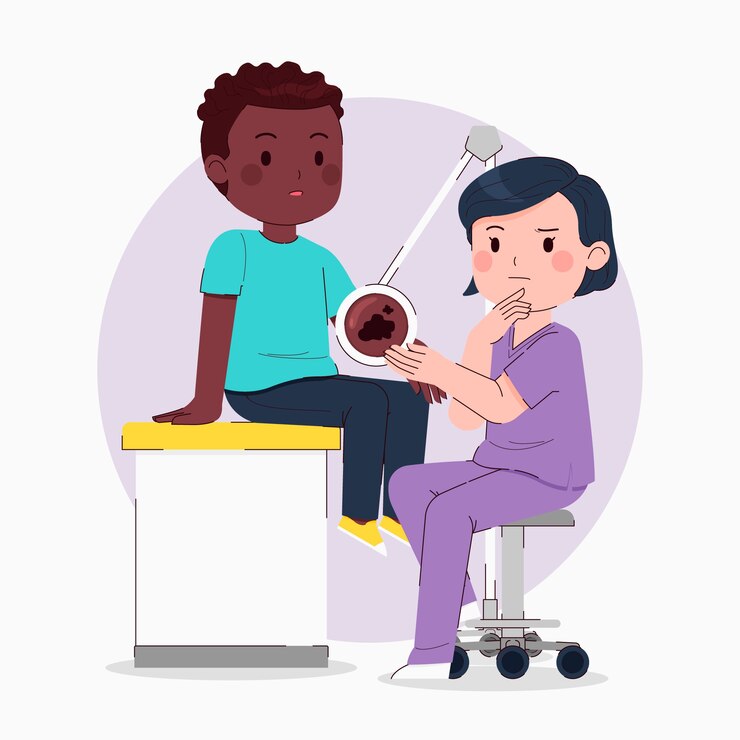
Atopic Dermatitis in Children: Diagnosing and Treating Pediatric Cases
Watching your child struggle with atopic dermatitis can be heart-wrenching. The itchy, red patches of skin can make them irritable and uncomfortable. But understanding how to diagnose and treat pediatric cases of atopic dermatitis can bring relief to both you and your child.
1. Recognizing the Signs:
Atopic dermatitis often appears as dry, itchy patches of skin, commonly on the face, elbows, knees, and hands. In infants, it may present as red, weepy rashes on the cheeks and scalp.
2. Consulting a Pediatrician:
If you suspect your child has atopic dermatitis, it’s essential to consult a pediatrician or dermatologist for a proper diagnosis. They can examine your child’s skin, ask about their medical history, and recommend appropriate treatment options.
3. Gentle Skincare:
A gentle skincare routine is crucial for managing atopic dermatitis in children. Use mild, fragrance-free cleansers and moisturizers to keep their skin clean and hydrated. Avoid hot baths and harsh soaps, as they can further irritate sensitive skin.
4. Avoiding Triggers:
Identify and avoid triggers that can exacerbate your child’s atopic dermatitis symptoms. Common triggers include allergens like pet dander, pollen, and dust mites, as well as irritants like harsh soaps and fabrics.
5. Moisturizing Regularly:
Moisturizing is key to managing atopic dermatitis. Apply a thick, fragrance-free moisturizer to your child’s skin immediately after bathing to lock in moisture and prevent dryness and itching.
6. Using Medications:
In some cases, your child’s pediatrician may prescribe medications to help manage their atopic dermatitis. This may include topical corticosteroids to reduce inflammation, antihistamines to relieve itching, or antibiotics for secondary skin infections.
7. Creating a Comfortable Environment:
Create a comfortable environment for your child by keeping their room cool and using a humidifier to add moisture to the air. Dress them in soft, breathable clothing made from natural fabrics like cotton.
8. Patience and Support:
Managing atopic dermatitis in children can be challenging, but with patience, support, and the right treatment plan, you can help your child find relief from their symptoms and enjoy healthier, happier skin.
To seek medical advice, always consult a Doctor. Here are our recommended EXPERTS. Click here
To read more on SKIN. Click Here


